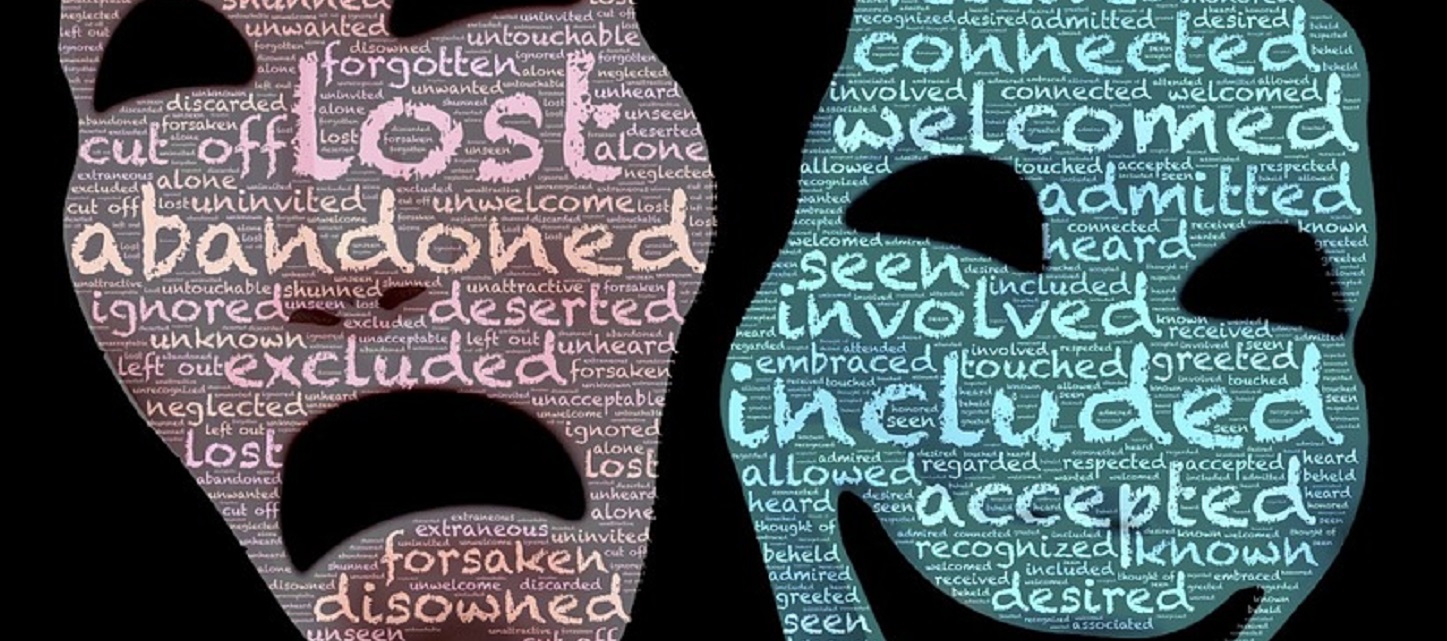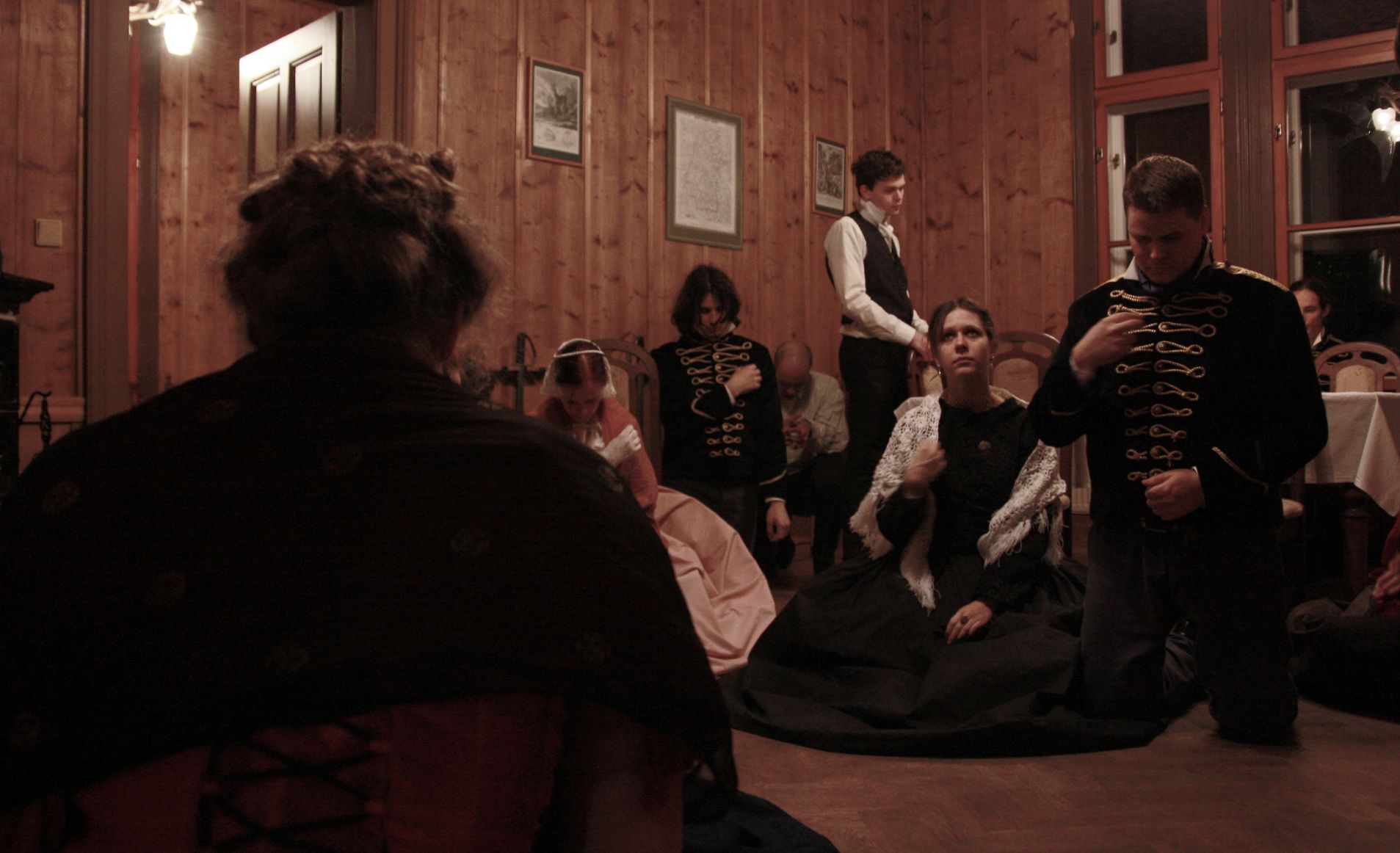Tag: Casting
-

Flagging: A Response
in
While flagging is not perfect, it addresses manifest abusive behaviour from predatory individuals within the increasingly internationalizing larp community.
-

We Share This Body: Tools to Fight Appearance-Based Prejudice at Larps
in
How fatphobia, ageism, and rejection based on perceived attractiveness can influence play and negatively impact larpers.
-

Russian Roulette in Practice
in
This article describes the selection process used for high-resolution dramatic larp called Skoro Rassvet [Breaking Dawn] >(2012, 15 players). Its advantages and disadvantages are discussed. Knowing that we could take the risk because the number of potential candidates exceeded the number of offered roles several times over, we decided to perform an experiment and select…